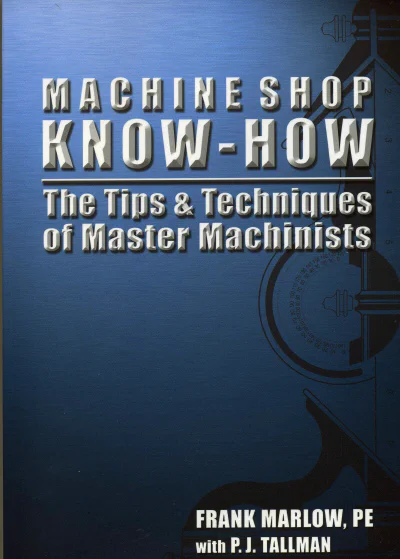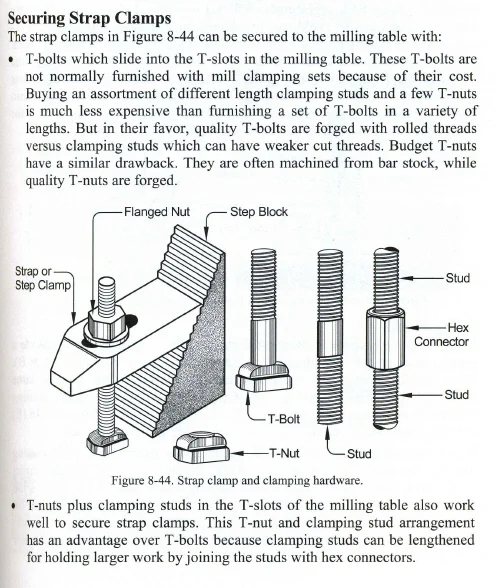Machine Shop Know-How

A few months back I got a copy of Frank Marlow’s latest book Machine Shop Know-How. At the time, I had just moved to a new home and was busy getting the new house and shop in order.
More recently, I’ve had time to sit down and enjoy this new book.
Regular visitors to mini-lathe.com may recall that I reviewed an earlier book by Frank: Machine Shop Essentials.
Like the earlier book, this new one is a treasure-trove of information and techniques that might take you years to learn if you were working as a machinist in a production environment and that you might never even hear about outside of that setting. Frank strips away the mystery and confusion of a wide range of subjects.
His explanations, along with the excellent line drawings by Pamela J. Tallman, make these topics approachable and understandable.
And, as in his previous book, Frank shows examples both from full-sized machine tools as well as the small precision Sherline tools used by many hobbyists.
As you probably would surmise from the titles, Frank’s first book covers much of what you need to know to work effectively in a machine shop.
The new Know-How book delves into more detail in many areas and covers a lot of ground that is not essential for the beginner to know, but will refine the skills, knowledge, and work approach of the more experienced machinist.
Chapter 1, for example, is about Setting up Shop, including some great ideas on building benches, storing round stock, files, and hammers for a safe and efficient operation.
Chapter 3 explores Tapers, Dowel Pins and Fasteners. Chapter 7 zeros in on Lathes and Chapter 8 on Milling Machines.
Just to give you a brief taste of the quality of this book, here’s a snapshot from Chapter 8.

See what I mean about the illustrations? They’re great, and you’ll find them on just about every page.
For an overview of the contents, click on this link for a complete index to the book and samples from each chapter.
You’ll find this book online at a number of sources. At $49.95, it’s a significant investment, but one that will pay many dividends.
It’s hard to put a value on knowledge, but you’d have to pay $50 an hour or more to get quality training from someone with Frank’s expertise and teaching ability.
From that perspective, this book is a bargain.
Here are some places where you can buy the book…